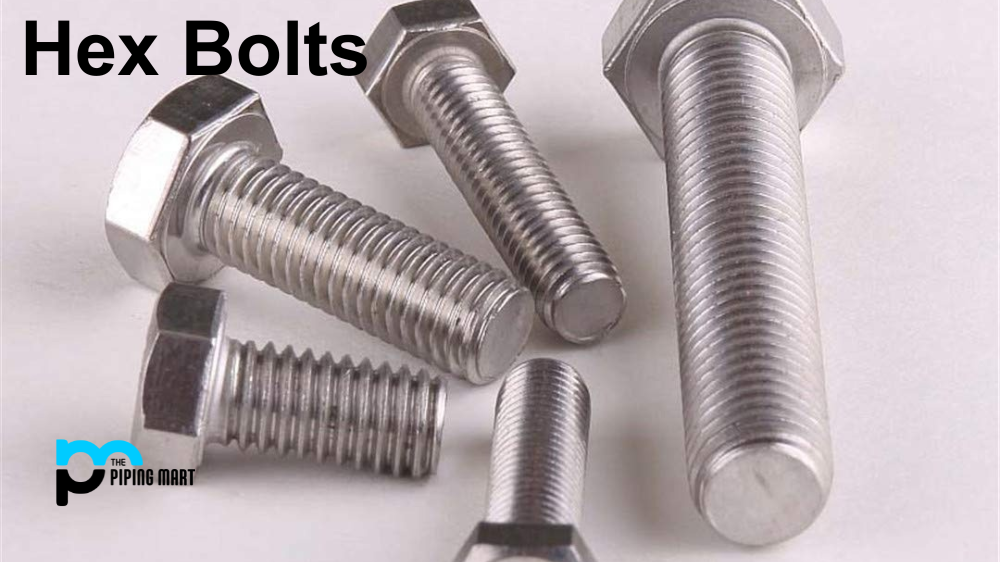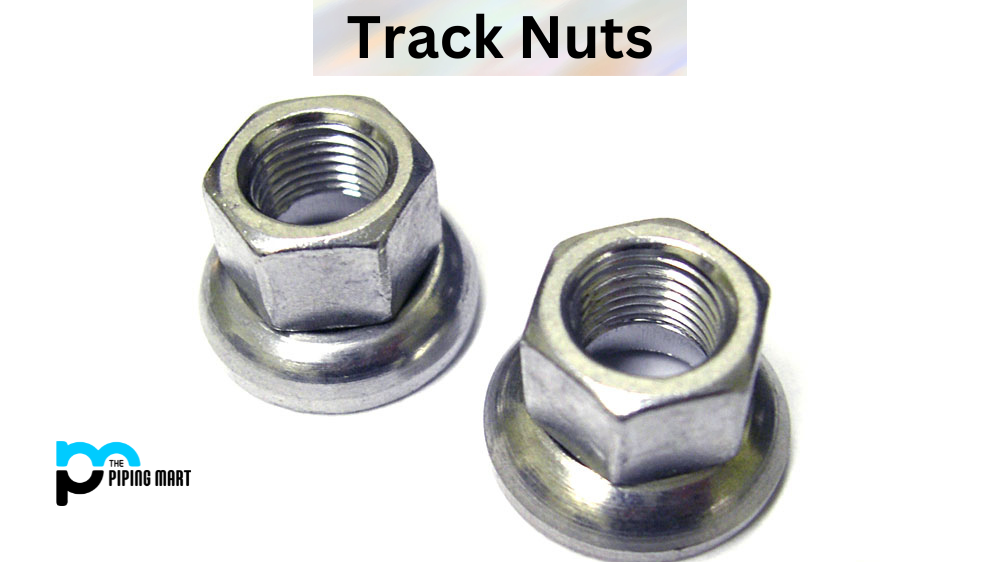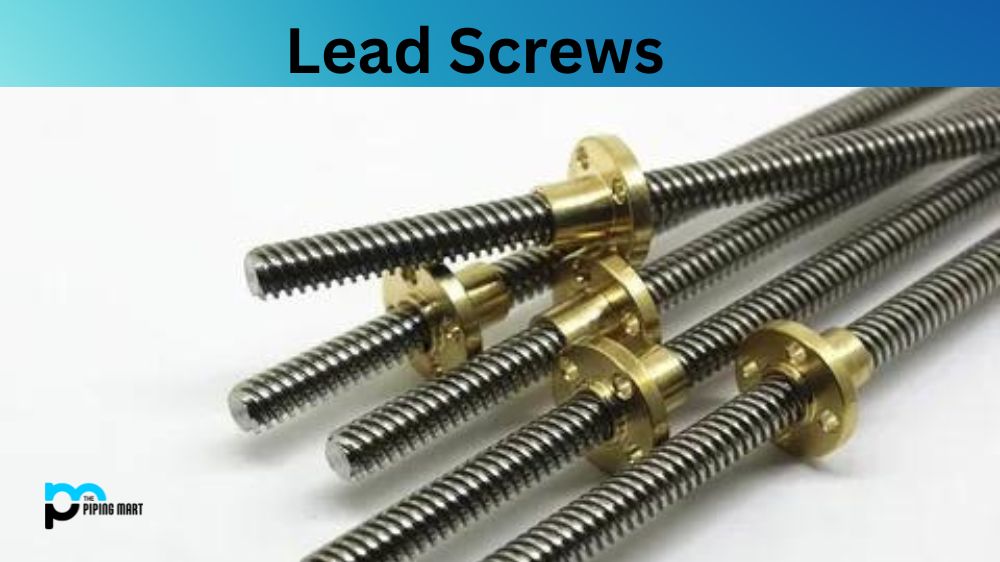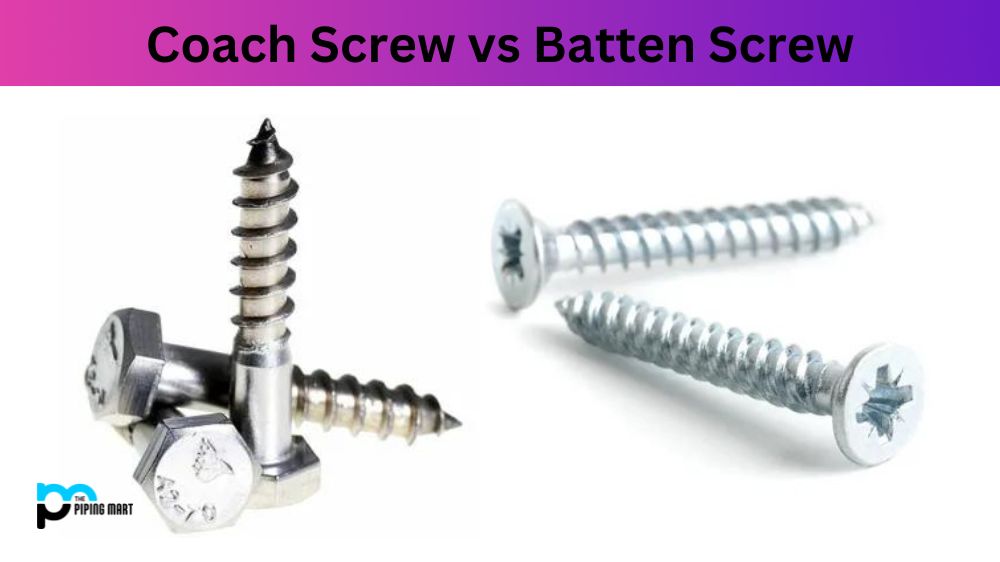Hex bolts are commonly used in construction and manufacturing alike. They offer high strength and stability to industrial structures and are often used in conjunction with nuts to ensure a secure connection. While hex bolts are relatively easy to use, mistakes during the installation process can compromise their effectiveness. In this blog post, we’ll explore some common mistakes made during hex bolt installation and provide tips on ensuring a flawless connection.
Mistakes to Avoid While Installing Hex Bolts
Using the Wrong Bolt –
One of the most common mistakes made during the hex bolt installation is using the wrong bolt. Choosing the right bolt size, length, and grade for the job is essential. Using a bolt that is too short or too long can compromise the connection’s strength while using a bolt that is not strong enough can lead to failure under load. Before making a purchase:
- Consult with a professional.
- Review the technical specifications for the application.
- Verify the bolt’s strength requirements.
Insufficient Torque:
Torque is the rotational force applied to the bolt and nut during tightening. Insufficient torque can result in a loose connection that can fail under load, while over-torquing can strip the threads and damage the fastener. It’s essential to use a torque wrench to achieve the manufacturer’s recommended torque specification. Be sure to follow the instructions carefully and use the correct settings.
Using Incorrect Washers:
Washers are an essential component of many hex bolt connections, providing a smooth surface between the bolt head and the fastened material and distributing the load over a larger area. Using the wrong washer size or material can lead to failure, as the washer is not strong enough to support the load. Always check the manufacturer’s specifications for the correct washer size and material, and ensure the washer is correctly positioned between the bolt head and fastened material.
Improper Alignment –
Another common mistake made during hex bolt installation is poor bolt alignment and nut alignment. Misalignment can cause premature wear, allow for movement, or lead to failure under load. Before tightening the bolt and nut, ensure the mating surfaces are aligned correctly. This will ensure a secure, stable connection. It’s also essential to check for any obstructions that could interfere with the connection, such as debris or burrs and clean the bolt and nut if necessary.
Inadequate Lubrication:
Lubrication is vital to the hex bolt installation process. It helps to reduce friction during installation, preventing galling and premature wear. However, not all lubricants are created equal, and using the wrong lubricant can lead to issues. Always use a lubricant specifically designed for bolt and nut installation, and follow the manufacturer’s recommendations for usage and application.
Conclusion:
Hex bolts are an essential component of many industrial structures. However, mistakes during the installation process can compromise the effectiveness of the connection. You can ensure a flawless connection that will stand the test of time by avoiding common installation mistakes such as choosing the wrong bolt, leaving insufficient torque, using incorrect washers, improper alignment, and inadequate lubrication. Always consult with a professional and follow the manufacturer’s recommendations for best results.




